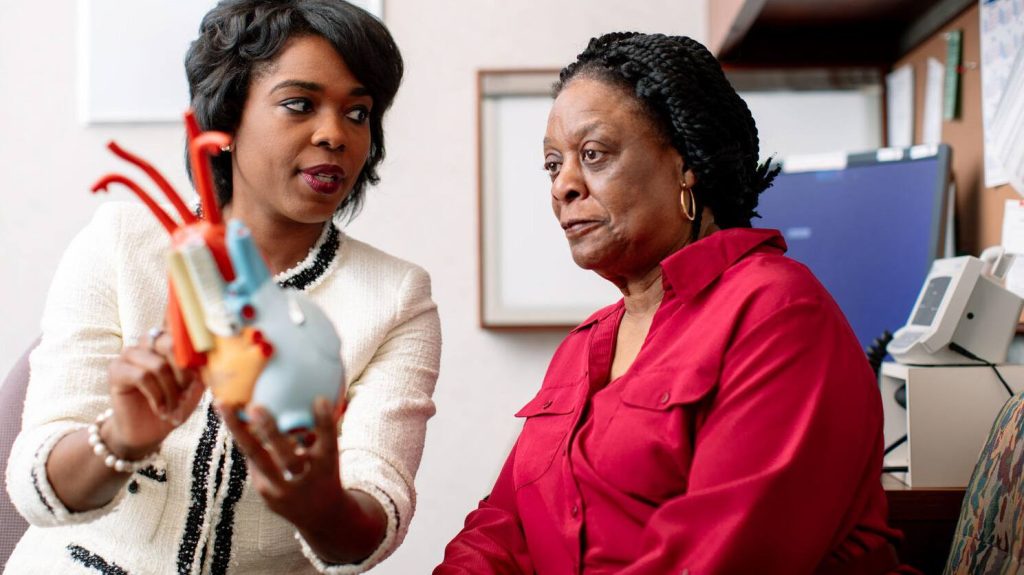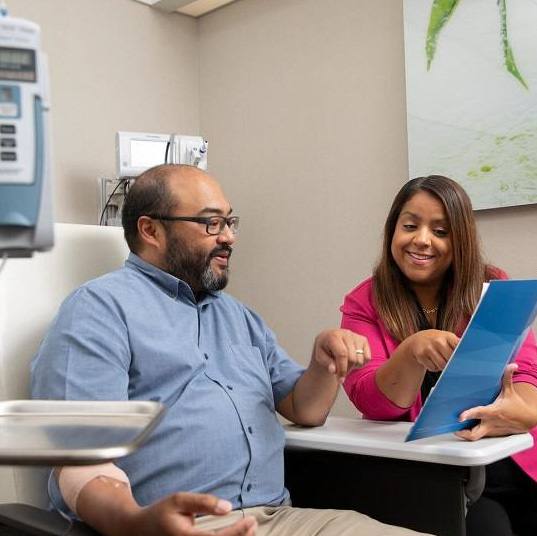-
Closing the clinical trials disparity gap

Getting sufficient representation of racial and ethnic minority populations in clinical trials remains a pervasive challenge, despite concerted efforts by researchers and mandates set by funding sources and regulatory agencies. A lack of diversity in research results in continued disparities and poorer health outcomes in underrepresented communities.
An article in the January edition of Mayo Clinic Proceedings proposes a wide range of strategies to help researchers improve community engagement with underrepresented racial and ethnic populations and reduce the "clinical trials disparity gap."
"Through careful deliberation and involvement with community partners, researchers can develop tailored blueprints for clinical trials that can ensure that our science reflects the needs of all populations," says Folakemi Odedina, Ph.D., first author of the article, titled "Community Engagement Strategies for Underrepresented Racial and Ethnic Populations."
The article is the latest in a series of thematic reviews in Mayo Clinic Proceedings about the digital transformation of clinical trials to improve healthcare and address health inequities through innovations in research design.
Racial and ethnic minority populations remain underrepresented in clinical trials despite decades of mandates, commitments and good intentions, Dr. Odedina says. "This inequity produces clinical trial demographics that are not representative and thus perpetuate health disparities in marginalized racial and ethnic communities," she says.
Among the strategies discussed in the article:
- Making community engagement a key element of clinical trials design to achieve representative demographics and findings. "Community-engaged research is foundational to incorporating community voice and priorities into clinical and translational research," the authors say.
- Using best practices for community-engaged trials, including defining the community, identifying community partners, determining the level of community engagement and sustaining engagement over time to deepen relationships.
- Remaining open at the research level to changes that allow shared power with the community and include opportunities for input and feedback from the community for continuous improvement.
A demographically representative and inclusive trial design is essential for optimal diagnosis, treatment and prevention decisions to be made, especially for underserved and marginalized populations, the authors say.








